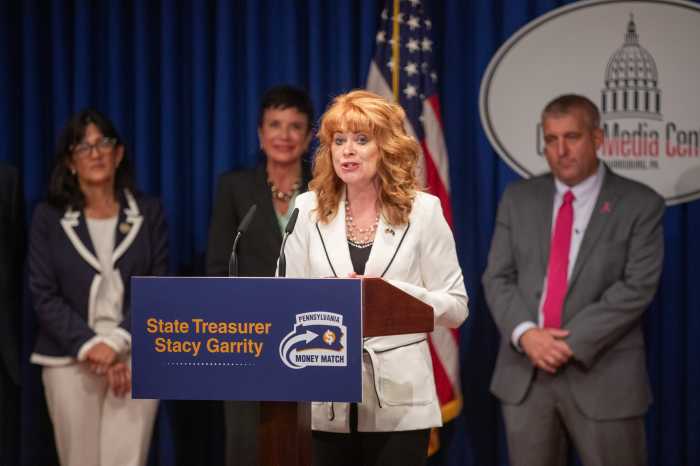A month ago, this title would’ve sounded ridiculous. Then, Phillies pitcher Bailey Falter was putting up impressive numbers in Triple-A while sporting a 4.85 ERA in the majors. Cristopher Sanchez looked to have a better shot at receiving major league starts than Falter did.
Then, Falter got the call to start game two of an August 20th doubleheader. In a miserable series against the Mets, Falter become the lone bright spot, earning the win while pitching 6 1-run innings.
In game one, Zach Wheeler pitched his last game for a month and an opportunity opened up for Bailey Falter.
He hasn’t wasted it.
In four starts since, Falter has a 2.63 ERA in 23.2 IP. He’s been a reliable strike-thrower as he hasn’t walked a single batter since the start against the Mets. While wins are a stat no longer en vogue, Falter has recorded the W in each of his last five starts.
But, how is Flater achieving success with a 91 MPH fastball in 2022? And has he done enough to be considered as a potential playoff starter for the Phillies?
A deceiving fastball
Last year, Devan Fink of FanGraphs was the first to notice it. While Bailey Falter’s actual velocity was only in the low-90s, his perceived velocity (PV) plays much higher.
Fink noted that thanks to Falter’s 7.5 ft of extension, that low-90s fastball has been playing like a mid-90s fastball. While his extension remains tops for a starter in the league, Falter has been sitting 91-91.5 with his sinker and 4seamer this season.
Between those 2 pitches (his most used), Falter has a perceived velocity of 93.4 MPH since August. His average recorded velocity is 91.7 MPH in that span. Falter’s 7.5 ft of extension effectively adds 1.7 MPH on his fastball.
That’s a significant jump when you look at who else is around the same perceived velocity. Aaron Nola’s PV since August has been 93.3 MPH, a hair under Falter. Nola has a 3.54 ERA since August. It’s slightly inflated because of the eight earned runs he allowed in an outing against the DBacks.
While Nola has more spin to his fastball, Falter’s fastball is essentially playing the same as Nola’s.
The Phillies other options
If the Phillies win just one game in a Wild Card series, they’ll need someone not named Zack Wheeler or Aaron Nola to pitch game 3. Bailey Falter seems to be the only starter that has some momentum behind them.
Kyle Gibson finally had a quality start on Wednesday against the Marlins but has been bad overall in September. In 3 starts, he has an 8.53 ERA and opponents are hitting .364 against him.
Noah Syndergaard hasn’t done much as a Phillie yet, but he hasn’t impressed. He sports a 4.79 ERA as a Phillie with a dangerous 1.383 WHIP. Opponents continue to slap the daylights out of him with his 11.1 hits per 9 IP show.
Ranger Suarez has been mediocre against mediocre teams in his last four starts. He’s faced the Reds, the Diamondbacks, the Giants, and the Nationals. He has a 5.40 ERA in those four starts and opponents are hitting .275 against him.
Bailey Falter could be the best option left
There are still over 2 weeks of regular season games left. If Bailey Falter continues to provide solid starting pitching, he should be the game 3 starter in Atlanta or New York. His next start could be a preview of things to come as he’ll oppose Spencer Strider on Sunday in Atlanta.
Photo Credit: AP Photo/Lynne Sladky

























